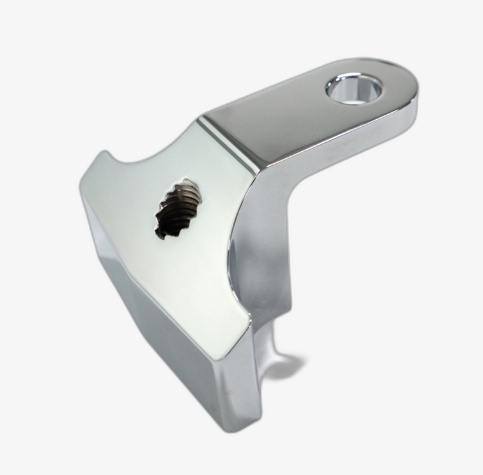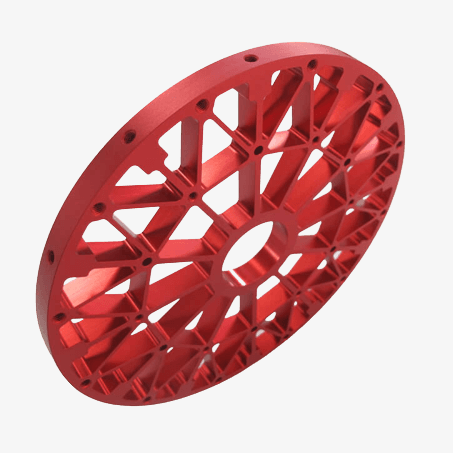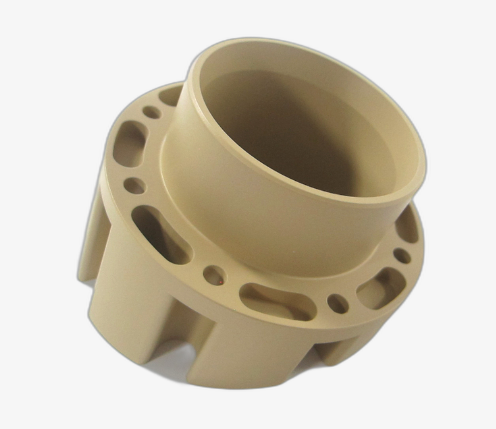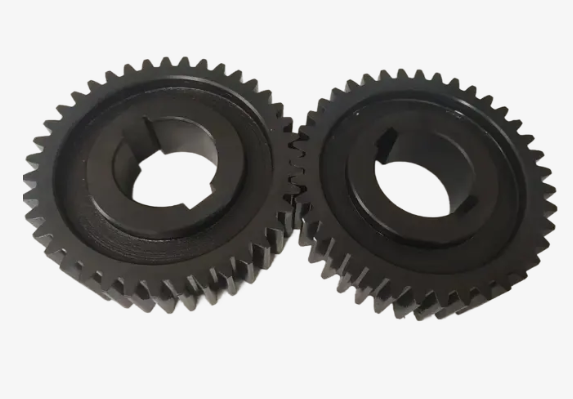Electroplating Finishing Services
specializes in Electroplating finish services for your CNC parts, ensuring enhanced aesthetics, durability, and corrosion resistance. Expert precision for optimal component performance.
Electroplating Overview and Advantages
Electroplating, a metal finishing technique, deposits a thin metal layer onto an object’s surface using an electric current. Metal cations from a solution adhere to the object, forming a durable metal plating. This process not only enhances appearance but also provides corrosion resistance, reduces friction, and adjusts part thickness. Industries like jewelry, automotive, and electronics utilize electroplating to augment product properties and aesthetics.

Enhanced Appearance
Electroplating adds shine, luster, and
aesthetic appeal to objects, making
them attractive and visually pleasing
to users and consumers

Corrosion Resistance
By adding a protective layer, electroplating
prevents rusting and corrosion, extending
the lifespan of metal parts in various environments.

Increased Durability
he added metal layer provides wear
resistance, ensuring products withstand
regular usage and adverse conditions longer
than untreated counterparts.

Reduced Friction
Certain electroplated coatings,
like nickel, decrease friction
in moving parts, minimizing wear
and improving overall functionality

Improved Conductivity
Gold or silver electroplating can
enhance electrical conductivity,
vital for electronic components and
connectors for efficient performance.

Thickness Control
Electroplating allows precise
control over coating thickness,
catering to specific applications
and ensuring uniformity across parts
Types Of Electroplating
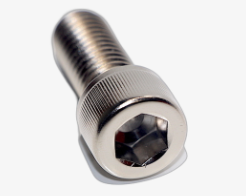
Nickel Plating
Nickel plating deposits a layer of nickel onto a substrate, offering a shiny finish that protects against corrosion and wear. Its versatility extends its applications from jewelry to machinery.
Features: Enhanced wear resistance, corrosion protection, bright appearance, and acts as an adhesive layer for subsequent coatings, especially in decorative uses.
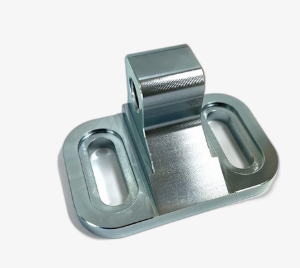
Zinc Plating
By depositing a protective zinc layer onto ferrous metals, it primarily prevents rust, making it a staple in automotive components.
Features: Superior corrosion resistance, acts as a sacrificial layer (corroding before the substrate metal), and is a cost-effective rust prevention method for steel.
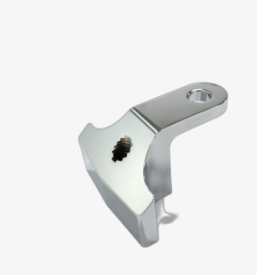
Chrome Plating
Recognized for its high-gloss, mirror-like finish, chrome is favored for decorative purposes and in industries where aesthetic appeal is paramount. It’s widely adopted for car parts, bathroom fixtures, and kitchenware.
Features: Brilliant shine, enhanced corrosion resistance, improved wear properties, and an impressive aesthetic boost, especially when applied over nickel.
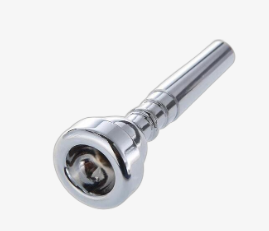
Silver Plating
A method cherished both for its excellent electrical conductivity and its aesthetic allure. Often used in electrical components, silver plating ensures efficient signal transmission. It also finds its place in the world of jewelry, tableware, and musical instruments due to its captivating shine.
Features: Superior electrical conductivity, antimicrobial properties, solderability, and a radiant, reflective finish that offers elegance to decorative pieces and functionality in electronics.
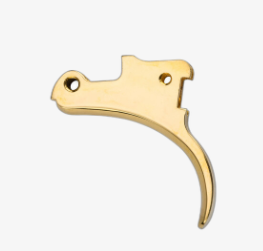
Gold Plating
Renowned for its luster and resistance to tarnish, gold plating is a luxurious choice for both electronic components and jewelry. In electronics, it offers unmatched conductivity and corrosion resistance.
Features: Exceptional electrical conductivity, resistance to oxidation, aesthetic brilliance, and a touch of luxury to items, imparting both functionality and prestige.
Common Process Of Electroplating
Preparation: The item (workpieces) is cleaned thoroughly to remove contaminants, oils, and oxides. This ensures a smooth and pure surface for efficient metal adhesion
Bath Setup: A bath containing the desired metal salt solution is prepared. The substrate becomes the cathode, while an electrode of the plating metal serves as the anode.
Electroplating: An electric current is applied, causing metal ions from the solution to reduce and deposit onto the substrate’s surface, forming a coherent metal layer.
Finishing and Inspection: If necessary, the plated item is rinsed, dried, and subjected to any post-plating treatments. Finally, it’s inspected for quality and adherence to specifications.
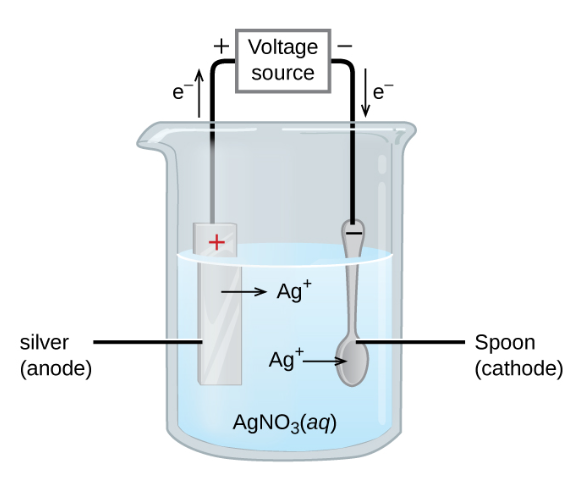
Other Finishing Services Available
Rust Our One-Stop Finishing Excellence
Metal Plating
Copper Plating Electroless Nickel Nickel Plating Nickel Sulfamate Tin Plating Zinc Plating
Anodizing type II (Glossy)
Anodizing type II (Matte)
Anodizing Type III Hard coat
Mechanical Polishing
Electropolishing
Vibratory Polishing
Mirror Polishing
Glass Bead Blasting
Ceramic Bead Blasting
Plastic Bead Blasting
Steel Shot Blasting
Stainless Steel Bead Blasting
Powder coating is a dry finishing process, using finely ground particles of pigment and resin electrostatically charged and sprayed onto surfaces. Cured under heat, it creates a durable, uniform, and attractive finish, popular for its environmental and performance benefits.
Black oxide, a conversion coating in surface finishing, chemically forms a protective black layer on metals, primarily ferrous alloys. It enhances corrosion resistance, reduces light reflection, and adds decorative appeal. Applied through hot or cold processes, the finish is often sealed with wax or oil to boost durability and protection.
Chromate Conversion Coating (Alodine/Chemfilm)
Chromate conversion coating, often known as Alodine or Chemfilm, is a surface treatment for aluminum and its alloys. It forms a thin, protective chromate layer, enhancing corrosion resistance, promoting paint adhesion, and providing electrical conductivity. Commonly used in aerospace and automotive industries, it offers a decorative finish with minimal dimensional change.
DLC (Diamond-Like Carbon) Coating
DLC (Diamond-Like Carbon) coating is a nanocomposite finish that imparts a hard, wear-resistant surface to materials. Mimicking properties of natural diamond, it offers exceptional lubricity, corrosion resistance, and a reduced friction coefficient, making it ideal for automotive, tools, and precision components.
Brushing in surface finishing uses abrasive brushes to create fine, consistent lines on metal surfaces. This mechanical process enhances appearance, masks defects, and prepares surfaces for coatings. Offering various textures, from short to long grains, brushing ensures aesthetic refinement for various applications.
Titanium anodizing is a surface finishing process that modifies the oxide layer on titanium components. Enhancing corrosion resistance and biocompatibility, it also adds vibrant, interference-based colors without dyes or pigments. Popular in medical devices and aerospace, it combines aesthetics with functional benefits
INQUIRY
CATEGORIES
LATEST NEWS
CONTACT US
Contact: Miss.Gu
Phone: 18090076983
E-mail: kate@khled.com
Whatsapp:8618090076983
Add: Guangdong Province, China TianHe District, GuangZhou Num 899
